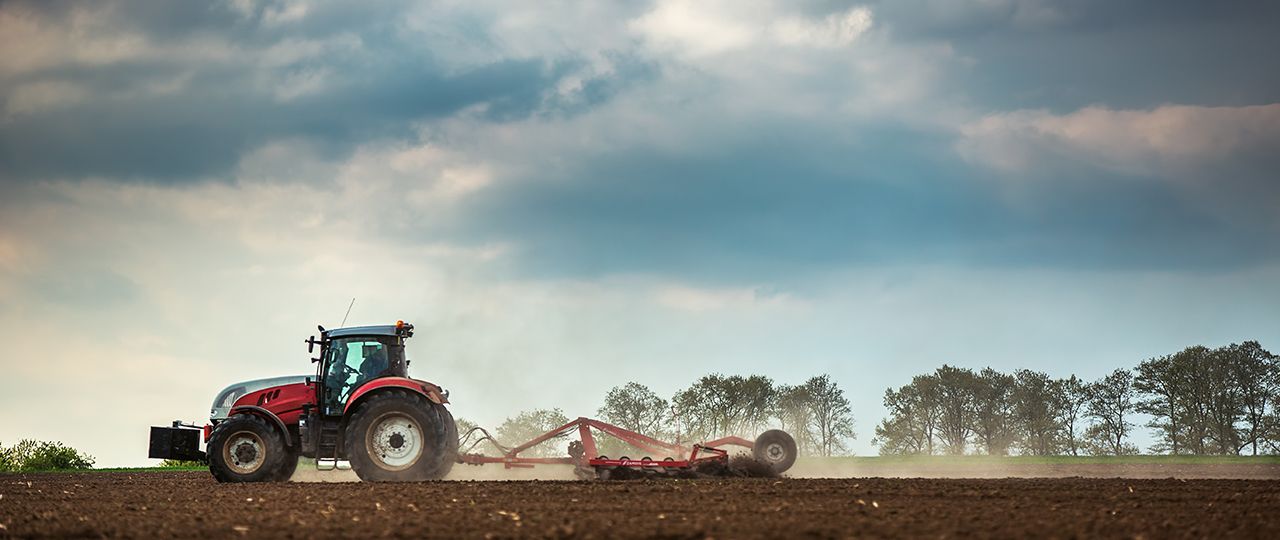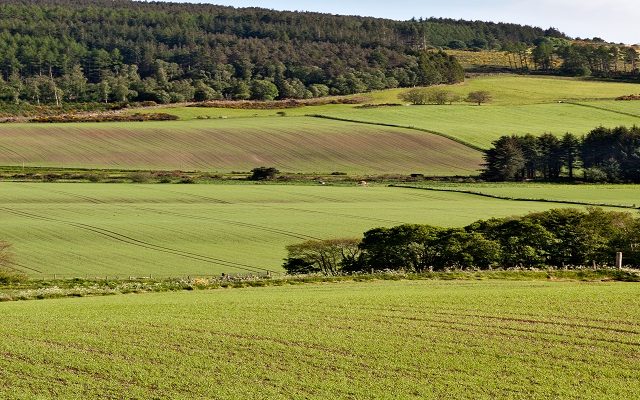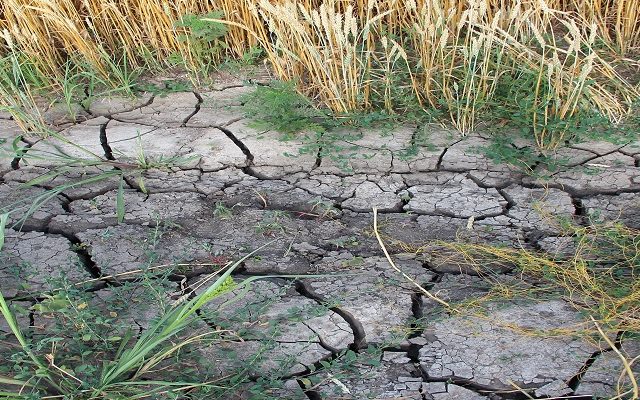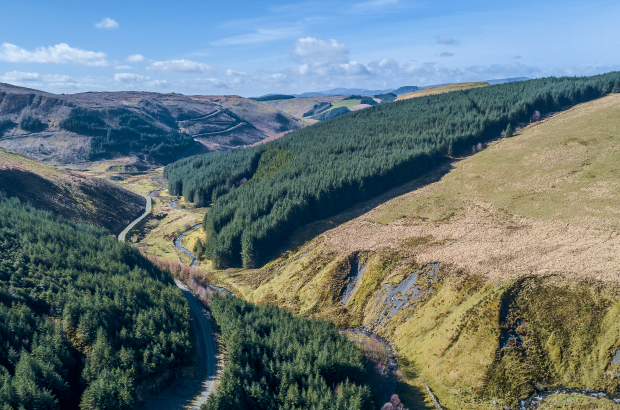Scottish Farming Update | Autumn 2019
Welcome to this quarter’s Farming Update, which is produced by our Farming Research Group and reports on market and administrative issues that affect farmers’ business decisions and on which they may need to act
Over the last six months, our Scottish Farming Team has expanded its geographical reach with Stevie now working out of the Inverness office and Harriet based in Banchory. Involvement in their own farming businesses has prompted the respective moves but both remain involved with S&P on a full-time basis. Please note the updated contact details below and contact our team for further information on anything you read here.
ARABLE CROPS
Global: Grain Production Report 2019
Figures from the USDA show that global wheat production this year has seen larger crops in the EU and India being offset by poor conditions for wheat production in Australia, Russia, Kazakhstan, and Ukraine. Reduced demand for imports into the Middle East, Asia, and Mexico, and high global stocks led to global prices of wheat dropping throughout August. Since then there have been signs of renewed demand globally, which is helping prices recover somewhat at the time of writing in late September.
Global maize production was always bound to be lower this year due to poor planting conditions in the US in the spring and early summer, although Brazil’s maize production has helped to maintain stocks.
The picture given by the IGC (International Grains Council) for global grain stocks continues to predict a third consecutive annual depletion of global stocks to 598 Million T of wheat and coarse grains, but the markets appear relaxed about this – global prices have fallen over the past three months, suggesting that despite the reducing stocks, any shortages remain some way off.
Global: Oilseeds Production Report 2019
Lower production in 2019 of soyabeans, rapeseed, and sunflower seeds were partly offset by rises in peanut and cotton seed, and global stocks are due to be reduced 3.3 Million T. USDA figures put the 2019 global rapeseed harvest as the smallest in three years partly due to poorer harvests in the EU and Canada, as well as dry conditions in Australia.
The US-China Trade war has, in relation to soyabeans and pork specifically, abated somewhat as China has said it will exempt those products from additional tariffs taking effect in September, and there has been reports of some soyabeans making their way westwards over the Pacific, (https://www.agriculture.com/
UK 2019 HARVEST
On the whole, harvest 2019 was characterised by yields and quality that were better than expected, which will be required to make up for the rapidly falling grain price. Barley has done particularly well. Last year yields were compromised by drought, whereas this year has been an almost perfect growing season. Winter and spring crops were drilled in good time, into dry warm seed-beds. In many areas, June and August have been the wettest months of 2019 so far, following prolonged dry spells in the late winter and spring. In Scotland harvest weather finally improved after the first three weeks of August giving way to something more like summer. The last two weeks in September proved to be testing at times providing growers with a very stop-start harvest in places. Only a small area of winter oats remained still to be harvested at the end of the month.
Grain marketing this year has the added complication and uncertainty caused by the intended Brexit date of 31st October. At the time of writing in late September three scenarios all appear possible: 1) leave with a deal (which would include a transition period to enable cross border trading to continue as usual for the time being); 2) leave without a deal
(which may mean that exports to the EU immediately attract tariffs); 3) Brexit is deferred again (which will enable cross border trading to continue as usual).
Wheat
The wheat harvest was broadly speaking a success across the UK, albeit with some quality issues arising from the fortnight of rain in August. This success for crop growers is being dampened by lower grain prices (feed wheat lost £11/T during August alone) and little prospect of substantial price rises in the near future.
Barley
Like wheat, barley yields also showed good increases on the previous year, and the crops that were leaning over were harvested more easily than expected.A high perceived risk of holding onto grain into the autumn (due to questions over the ability to export to the EU after 31st October) has meant that much of the barley has been sold at harvest or shortly thereafter, and this caused a lot of “harvest pressure” on the price. The wet and windy weather in mid-August affected germination in some of the malting barley crops, causing some of this to be downgraded to feed quality. For those whose malting barley made the grade, they have found that premiums over feed have been eroded to around £10/T due to a large surplus both in the UK and the EU, and supply and demand pressures caused by the uncertainty about exporting post 31st October.
Oilseed Rape
Due to the challenges of cabbage stem flea beetle (CSFB), slugs, rabbits and pigeons, the UK Oilseed Rape area to be harvested in 2019 fell to a 16-year low, and this downward trend in area south of the Border is likely to continue. This is good news for growers in those parts of the country less affected by CSFB, as demand for the crop remains strong, while global stocks continue to fall.
The attack on the Saudi oil processing plant in September, which was widely reported in the media, caused an increase in the price of oilseeds (as fears of lower crude oil supplies pushes up the price of all oil products), this effect may be short lived, however, as the crude oil market is still relatively well supplied in general and the US has authorised some of their oil reserves to enter the market.
Also in this quarter’s update
- UK 2020 Crop Establishment
- Livestock
- Fertiliser & Fuel
- Policy and regulation news
- Farm Business News






